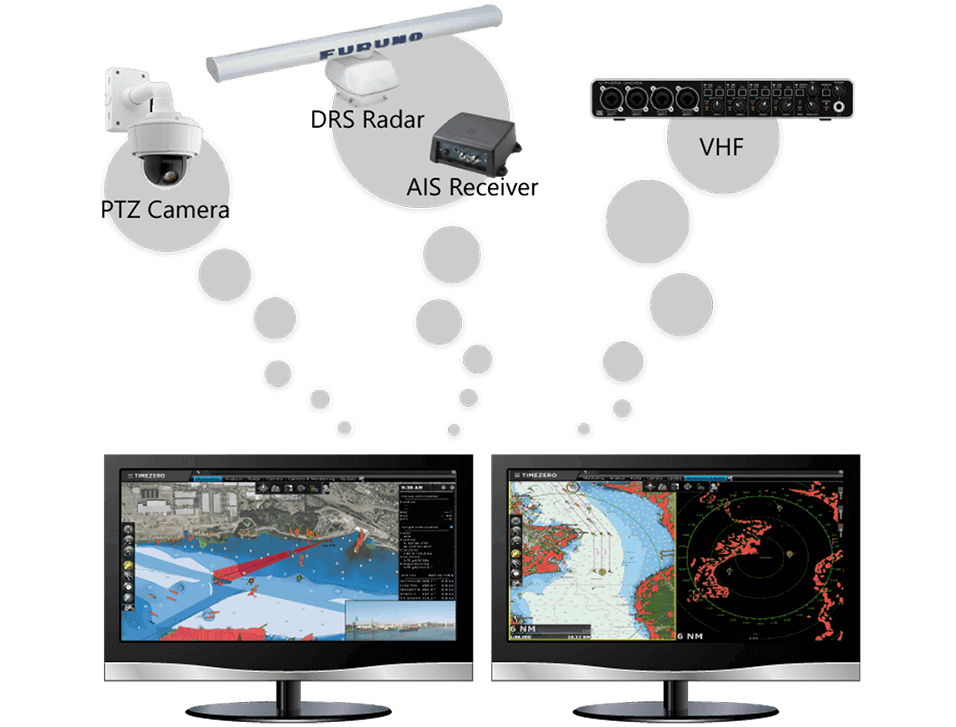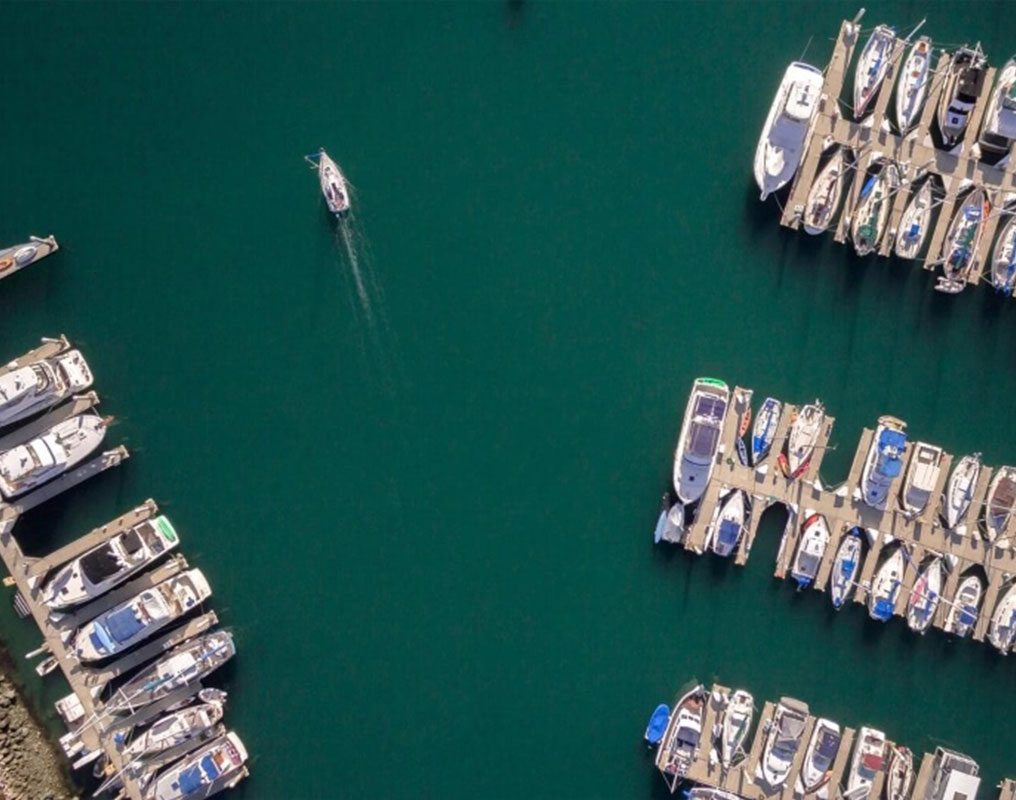
Delivering safety at the right cost

VTS Instruments put the officers back in control
Radars, cameras, AIS receivers are VTS instruments used to increase safety by detecting AIS/ARPA maritime traffic, tracking their direction and providing details on the type of vessel so that the right protocol can be implemented.
Once the vessel type, location and heading have been identified, communication between the VTS officers and the crew on the vessel can take place. This is where VTS instruments like the VHF and AIS emitter are used. VHF allows for voice communication while AIS allows for text communication.
If finding out what set-up is right for your unique needs, the expertise of both our team and local experts are at hand to provide expert security surveillance system advice.

Bridging the gap to safe VTS solutions
An off-the-shelf VTS solution may seem too general to provide enough security for the unique needs of each marine infrastructure, however, the reality is that these off-the-shelf solutions make the transition to a new VTS system streamlined. Custom built software isn’t as safe as a tried and tested software. It can often have bugs and is liable to crashes, whereas the off-the-shelf system has been tried and tested in your domain, so you can rely on it to deliver the information on time.

Safety through automation
Safe VTS systems use automation rules based on the needs of the given infrastructure’s requirements. Automation rules such as ship tracking through AIS or ARPA (radar tracking) can be combined with camera tracking to automatically focus and follow a boat. Automation rules should always be completely customizable to allow every type of infrastructure to ensure the highest level of safety by streamlining automation protocols.
To find out how VTS automation rules could be incorporated in your infrastructure to increase your safety